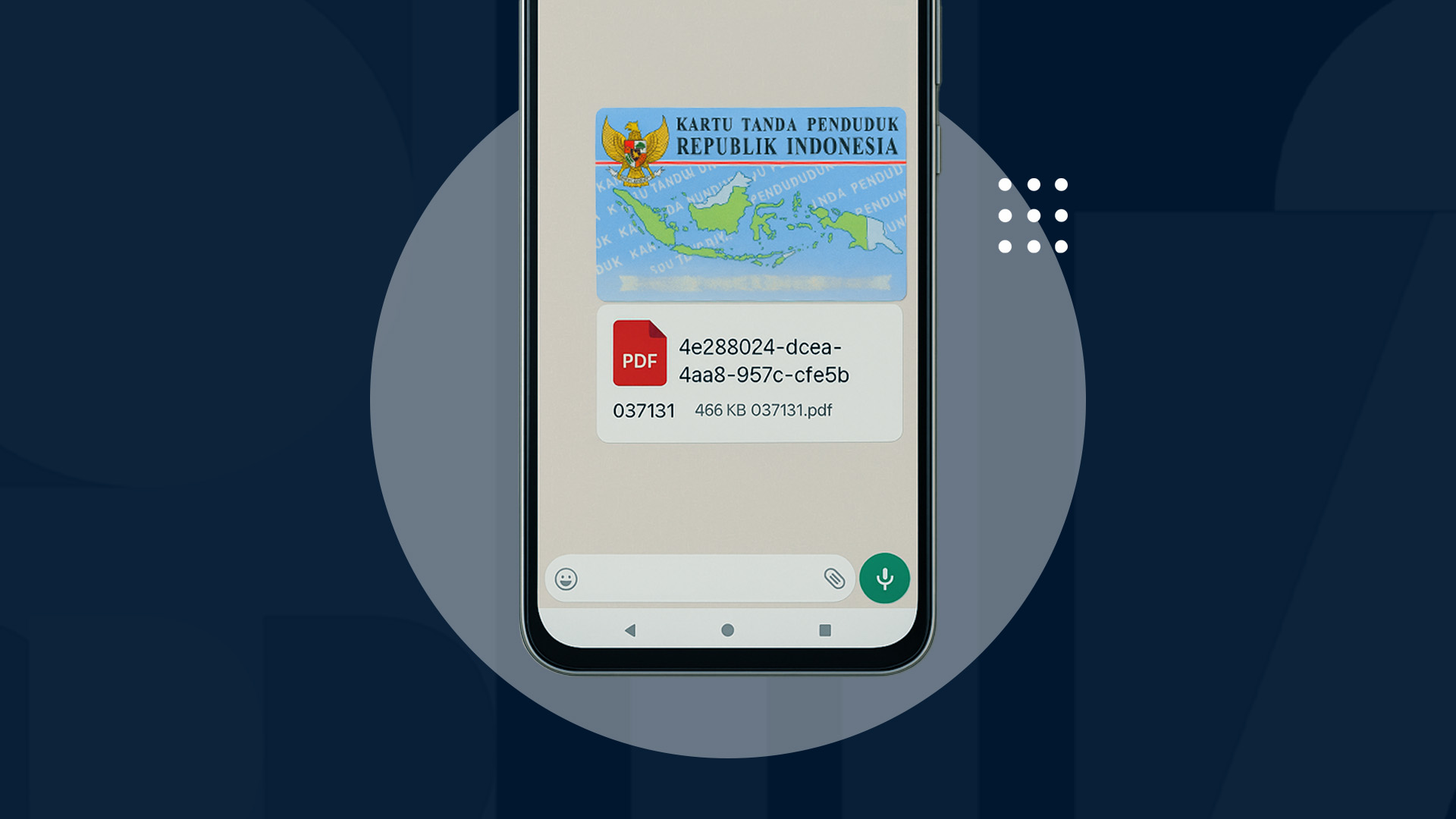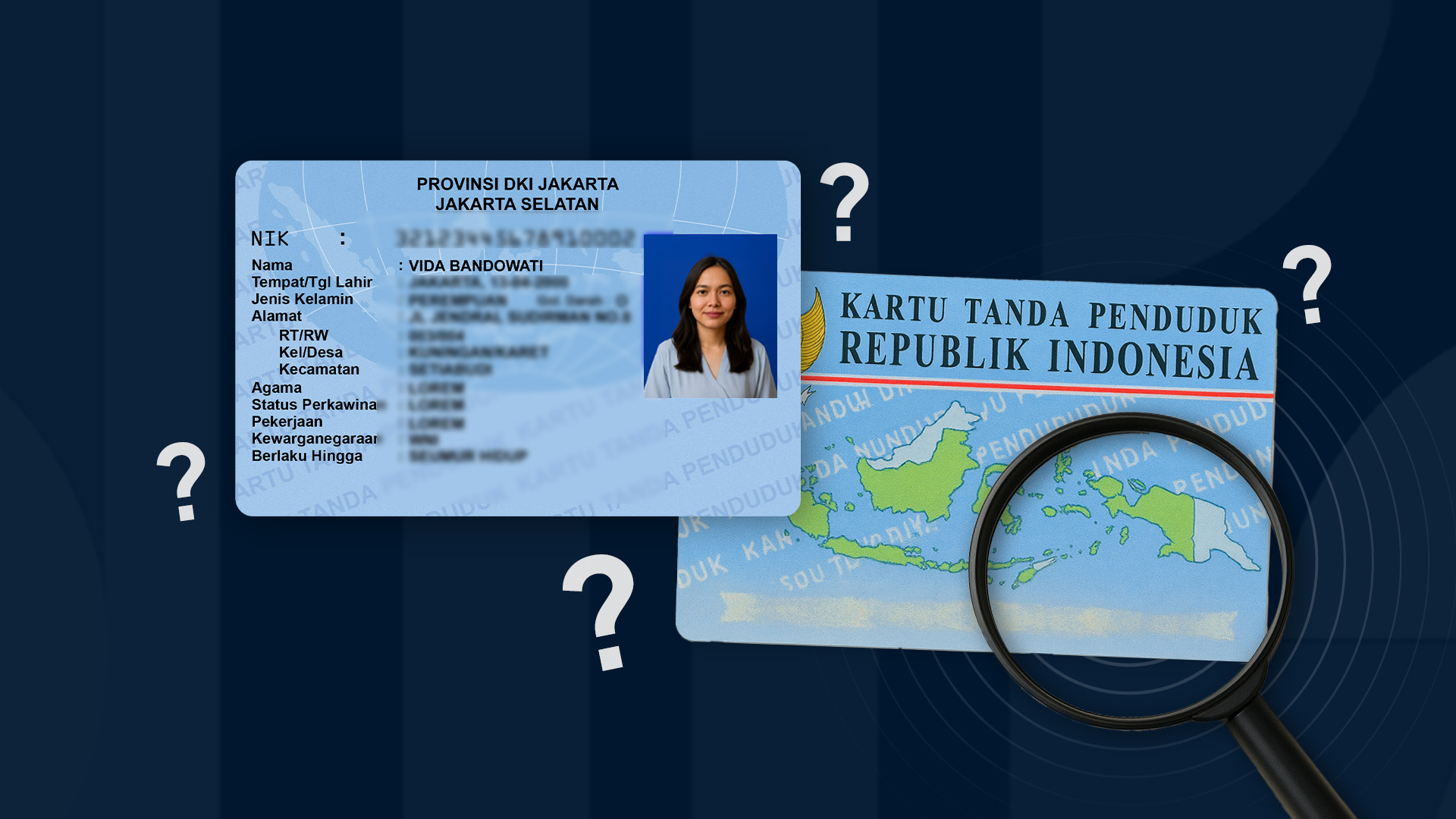Fraud schemes are constantly evolving with technology. One of the most alarming trends today is the use of Artificial Intelligence (AI) to deceive victims, especially through phishing scams on WhatsApp and email.
Unlike the past when scams mostly involved fake SMS, today victims face malicious APK apps, phishing websites, and even AI-generated faces and voices (deepfakes).
To help you stay safe, here are the 12 most common types of fraud in 2025, how they work, and the potential risks you should avoid.
12 Most Popular Fraud Schemes
1. Fake Courier Scam
Scammers pretend to be couriers from logistics companies. Victims receive an APK file titled “SEE Package Photo.” Once downloaded, the APK malware activates and steals sensitive data from the phone—including bank details.
2. Fake Wedding Invitation APK
Victims receive a WhatsApp message with a file named “Digital Wedding Invitation.” Installing it activates spyware that steals SMS messages, contacts, and financial data.
3. Fake Traffic Ticket Notice
Fraudsters impersonate police and send an APK called “Traffic Fine Notice.” Victims are tricked into filling out a fake form, giving away personal and banking information.
4. Impersonating Mobile Providers
Using AI chatbots and deepfake voice calls, fraudsters mimic customer service reps. This makes the scam feel more realistic and convincing.
5. Fake Bank Announcements
Victims receive phishing messages claiming their accounts are at risk. They are told to verify through a fake link, handing over their login details to scammers.
6. Fake Video Calls & Blackmail
Fraudsters make random video calls, record the victim’s face, and later use it for sextortion or blackmail.
7. QR Code Scam (Quishing)
Fake QR codes redirect victims to phishing websites or trigger automatic malware downloads. Login credentials can be stolen within minutes.
8. Toll Fraud
Through cloud-based telecom systems, fraudsters make illegal international calls, generating profit via premium rates. Businesses are often the main targets.
9. Synthetic Identity Theft
Criminals combine real and fake information (e.g., a valid ID number with a fake name) to create synthetic identities, which are then used for loans, fintech accounts, or money laundering.
10. Card-Not-Present Fraud
Stolen credit card data is used for online transactions without physical cards. This type of scam is growing due to weak authentication in e-commerce.
11. Account Takeover
Fraudsters steal credentials via phishing, malware, or social engineering. Once inside, they can hijack accounts for fraudulent transactions or money laundering.
12. Deepfake & Voice Clone Scams
Using generative AI, fraudsters create fake videos or voices that look and sound like bosses, colleagues, or family members. Example: a fake WhatsApp video of your boss asking for a transfer, or a cloned child’s voice asking for urgent banking help.
How to Avoid These New Fraud Schemes
-
Don’t Install Random APK Files
Only download apps from the Play Store or App Store. APKs from unknown sources often hide malware. -
Don’t Click Suspicious Links
Phishing links often look similar but use strange spellings, symbols, or unofficial domains. Never log in via WhatsApp or email links. -
Check App Permissions Carefully
Be cautious if an app asks for SMS, contacts, or banking access. Excessive permissions are a red flag for malware apps. -
Switch from Passwords to Biometrics
Passwords, PINs, and OTPs are outdated and easily stolen. It’s time to use passwordless login with biometrics such as facial recognition or fingerprint authentication.
Biometrics prevent phishing, malware, and deepfake scams because you don’t need to type sensitive data that hackers can steal.
Passwordless Login Against AI Fraud
You may ask: what does a passwordless login look like?
The answer lies in VIDA’s two authentication technologies: VIDA PhoneToken and VIDA FaceToken.
1. VIDA PhoneToken: Device-Based Security
VIDA PhoneToken links your online accounts (banking, e-wallets, e-commerce) to your registered device. Even if scammers steal your OTP or password, they cannot log in without your device.
2. VIDA FaceToken: Biometric Authentication with Liveness Detection
VIDA FaceToken uses advanced liveness detection to confirm if the face is real and live—not just a photo, video, or deepfake. Unlike basic face login, FaceToken cannot be tricked by fake images or recordings.
With PhoneToken + FaceToken, you don’t need passwords, OTPs, or personal data that can be phished.
Modern fraud schemes are harder to detect because they look like legitimate services. But security technology is also advancing. Passwordless login with biometrics is the future of safe digital authentication.
The most important rule: stay calm when you get a suspicious message. Don’t click, don’t download, and don’t transfer money right away.

.png)


